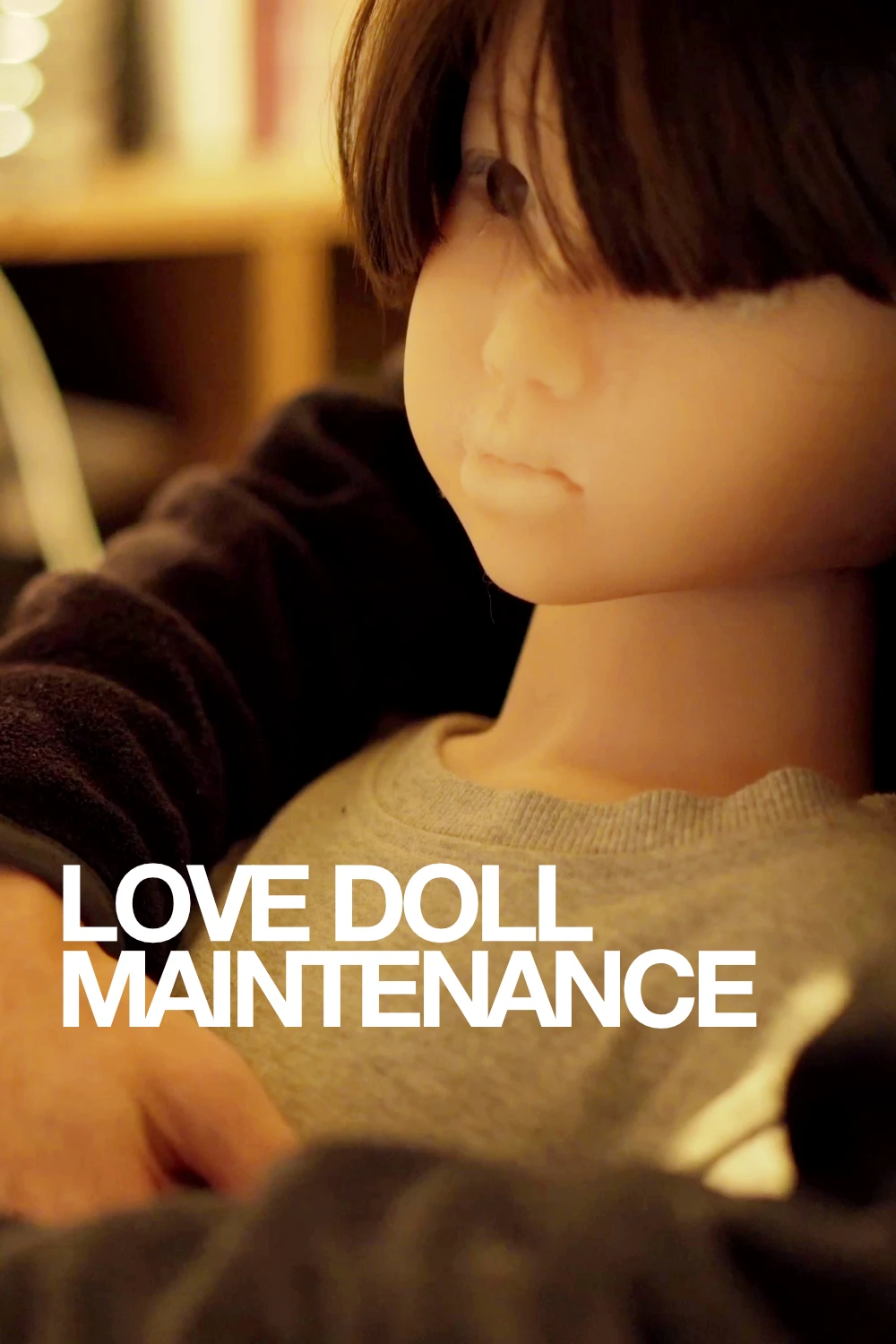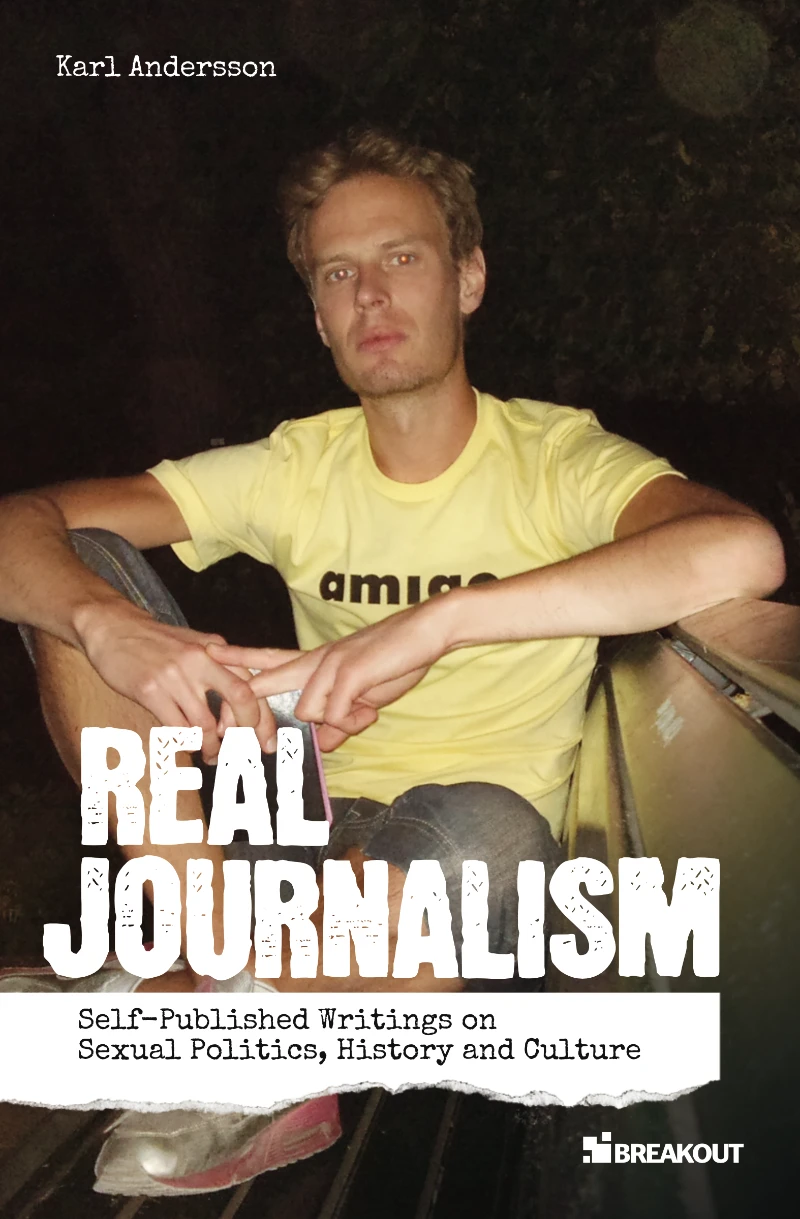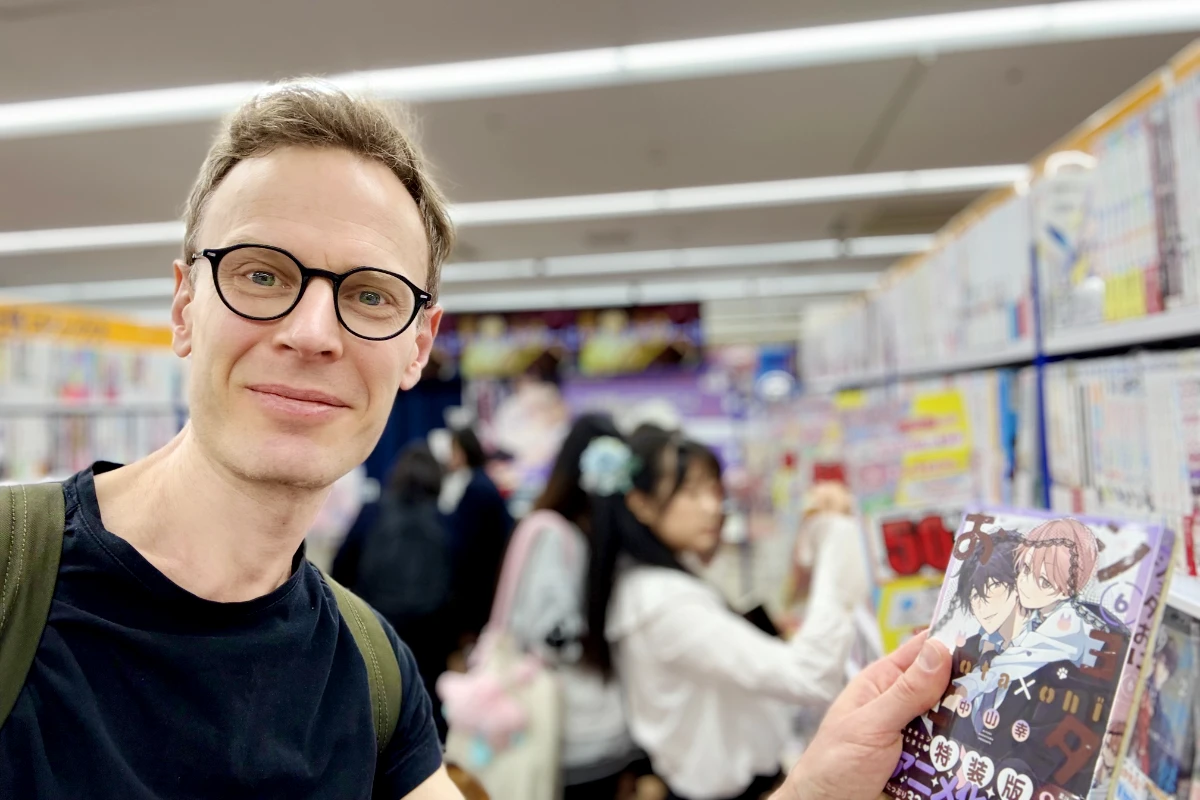
Hello!
I’m an anthropologist interested in how people experience, express and think about their desire.
The topic for my research is Japanese shota comics, and how fans of these comics relate the fictional content to their everyday life.
I started my fieldwork in Japan, the birthplace of shota, but have expanded it to shota fans globally.
If you are a shota fan, feel free to take this anonymous survey.
Biography
About Karl Andersson
Karl Andersson is a Swedish anthropologist, journalist, and documentary filmmaker.
Karl Andersson is the director of the documentary Unreal Boys: A Film about Shota (2020) and the author of the book-length ethnography Impossibly Cute Boys: The Healing Power of Shota Comics in Japan (2024), which presents the results of his PhD research.
Karl Andersson has a background as a journalist and editor at some of Sweden’s largest magazines and newspapers. In 1999, he was recruited as the editor-in-chief of Sweden’s first glossy lifestyle magazine for gay men. Karl Andersson is also a self-publisher of magazines and journals in the area of sexual politics, anthropology, and art. He published the gay magazine Destroyer between 2006 and 2010, and the book Gay Man’s Worst Friend: The Story of Destroyer Magazine in 2011. In 2025, he released the book Real Journalism, which contains articles from Destroyer and its sequel The Lover.
Karl Andersson has a BA in Linguistics from Stockholm University, an MA in Anthropology from the Free University of Berlin, and a Diploma in Czech Studies from the Charles University in Prague, in addition to many ECTS credits in areas such as Queer Studies, Manga Studies, Japanese Studies, Balkan Studies, and Runology.
About the Scandal
In 2021, after having graduated from the MA program in Visual and Media Anthropology with top grades, Karl Andersson turned down a DPhil offer from the University of Oxford, and instead accepted a scholarship from the University of Manchester to pursue a PhD in Japanese Studies. His first peer-reviewed article, titled “I am not alone, we are all alone: Using masturbation as an ethnographic method in research on shota subculture in Japan,” was published in the scientific journal Qualitative Research, after approval from his university supervisor. When the article went viral in August 2022, the journal retracted it, and Karl Andersson was suspended and eventually expelled from the University of Manchester.
Despite numerous media requests, Karl Andersson has not given any interviews about the scandal, except to Japanese media, but he writes about it in some detail in his book Impossibly Cute Boys: The Healing Power of Shota Comics in Japan (2024).
The links to Amazon are paid: as an Amazon Associate I earn from qualifying purchases.
Original Shota Research
Impossibly Cute Boys (2024)
Shota’s Unique History
For the first time in English, the tumultuous history of cute boys in commercial and amateur comics is told.
How to Love Shota
Meet the readers and creators of shota: what does it mean to them to read, draw and exchange these amateur comics?
Original Research
Based on ethnographic fieldwork on PhD level, this academic book is written in an accessible style, and is safe to order anywhere.
Bonus!Timeline of a Scandal
The last chapter recounts how my PhD research went viral, and how my university expelled me.
Amazon reviews
“A mammoth achievement of research and scholarship!”
“This is a fascinating ethnographic overview that covers not just Japanese shota culture, but also the broader doujinshi culture in which it is enmeshed. It’s very readable and very well-researched.”
“Genuinely one of my favourite books of all time!”
- Impossibly Cute Boys: The Healing Power of Shota Comics in Japan
- by Karl Andersson
- 218 pages
- ISBN: 9789189865211
Also available on Kindle, Google Play and Apple Books!
Destroyer Magazine
Real Journalism (2025)
Queers Read This!
Karl Andersson self-published Destroyer in ten issues between 2006 and 2010. With its radical message and in-your-face layout, the gay magazine had an impact that far surpassed its small but devoted readership.
Real Journalism contains the best texts from Destroyer and its sequel The Lover – both long since sold out and very hard-to-get.
The book can be seen as an insider’s indictment of the contemporary LGBTQ+ movement and the society it is embedded in. The articles are a call to action directed at independent minds, real journalists – and maybe yourself.
Bonus!20 years later!
In a new introduction, the author explains the background to the magazines, their continued relevance, and how he feels about some of the articles twenty years later.
Note: Unlike the magazines, this book is text only and does not contain any photos or illustrations.
- Real Journalism: Self-Published Writings on Sexual Politics, History and Culture
- by Karl Andersson
- 295 pages
- ISBN: 9789189865242
Documentary
Unreal Boys (2020)
A Film about Shota and the People who Read, Draw and Love it
Three young men in Tokyo explore the borders of fantasy through the manga genre shota. We follow an aspiring artist who wants to “live in a fantasy forever,” a youtuber who records his interactions with a shota game, and a professional mangaka driven by nostalgia.
MA ResearchAn Ethnographic Film
Unreal Boys is my graduation film from the Master of Arts program in Visual and Media Anthropology at Freie Universität Berlin. It has been screened and discussed at several ethnographic film festivals and conferences (you can watch a Q&A with me here).
Unreal Boys was awarded the prize for Best Student Film by the Society for Visual Anthropology, a section of the American Anthropological Association, at their Film and Media Festival in 2021. It also won the award for Best Director at the Kyiv Film Festival in 2021.
- Unreal Boys: A Film about Shota
- Director: Karl Andersson
- Released: 2020
- Duration: 36 minutes




Short
Love Doll Maintenance (2024)
The Pros and Cons of Having a Lover Made of Silicone
Love Doll Maintenance lets us peek into the everyday life of a man/doll couple in Tokyo. As the film progresses, it turns out that doll love is not an uncomplicated affair.
PhD ResearchAn Embodied Understanding of Desire
I planned this follow-up to Unreal Boys during my PhD studies. The idea was to get a better understanding of what love and desire decoupled from human others can look like. After the university canceled my research and expelled me, I completed this short on my own.
Love Doll Maintenance is the first part of a series. The film complements my book Impossibly Cute Boys: The Healing Power of Shota Comics in Japan (2024).
- Love Doll Maintenance
- Director: Karl Andersson
- Released: 2024
- Duration: 18 minutes
